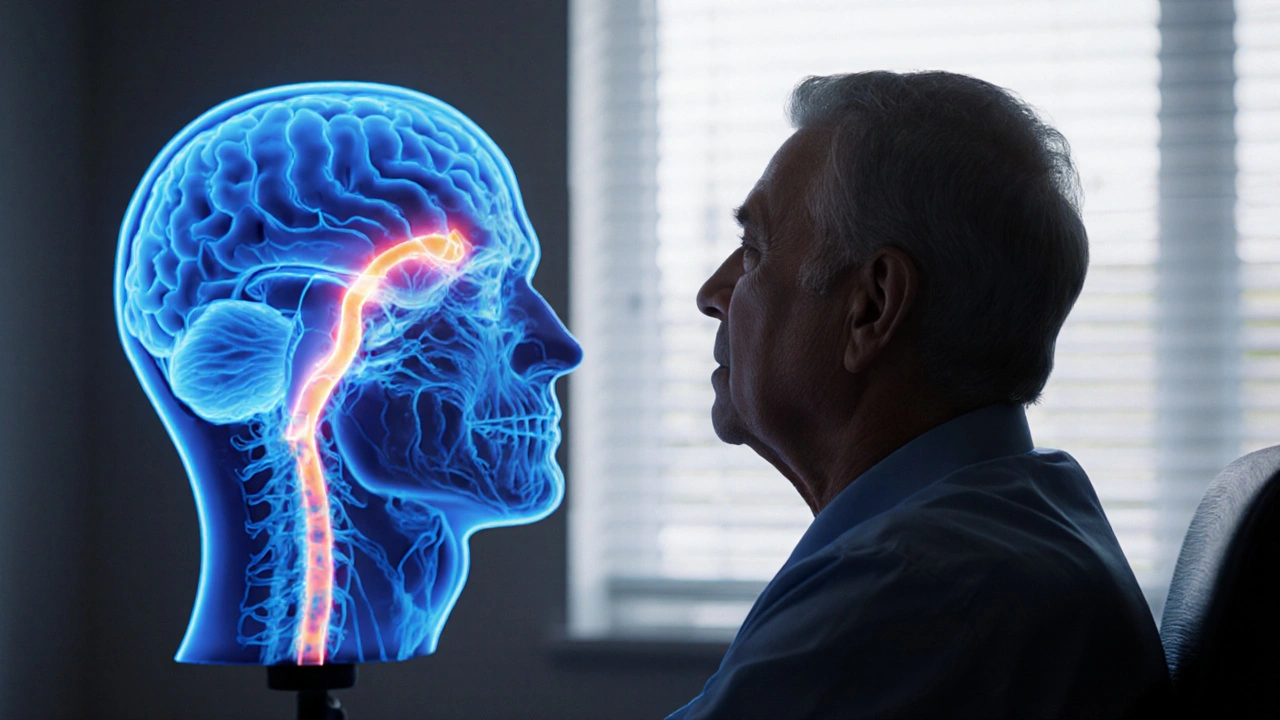Stroke Related Vision Loss: Causes, Recovery, and What You Can Do
When a stroke hits, it doesn’t just weaken muscles or blur speech—it can steal your sight. Stroke related vision loss, a common but often overlooked consequence of stroke that happens when brain areas controlling vision are damaged. This isn’t about bad eyesight—it’s about the brain no longer processing what the eyes see. Also known as post-stroke visual impairment, it shows up in many ways: blind spots, double vision, trouble tracking moving objects, or even ignoring half of your visual world. About one in three stroke survivors deal with some form of vision problem, yet many doctors don’t talk about it until the patient complains.
It’s not one condition—it’s a group of issues. Visual field defect, where part of your peripheral vision disappears, often on one side, is the most common. Think of it like a curtain falling over half your view. Then there’s double vision, caused by misaligned eye muscles after nerve damage, making everything look blurry or split. And visual neglect, where your brain ignores input from one side, even though your eyes work fine—you might eat only half your plate or bump into doors on one side without realizing it. These aren’t temporary glitches. They’re brain injuries, and they need targeted rehab—not new glasses.
Recovery isn’t guaranteed, but it’s often possible. Most improvement happens in the first three to six months, but progress can keep coming for years with the right therapy. Specialized vision rehab, like scanning training or prism glasses, helps your brain adapt. Occupational therapists teach you how to move your head and eyes to compensate for blind spots. Simple tools—like placing your phone on the side you can see, or using colored tape on stairs—make daily life safer. And yes, some people regain near-normal vision, especially if treatment starts fast.
You won’t find this in every stroke guide. Most focus on walking, talking, or arm strength. But if your vision changed after a stroke, you’re not alone—and you’re not just "getting used to it." The posts below cover real cases, treatment options from eye specialists, rehab tools that actually work, and how medications or other conditions like glaucoma can complicate things. Whether you’re a survivor, a caregiver, or just trying to understand what’s happening, this collection gives you the straight facts—no fluff, no hype, just what helps.
Explore how stroke disrupts vision and visual perception, the common deficits like hemianopia and neglect, diagnosis, rehab strategies, and tips for patients and caregivers.

